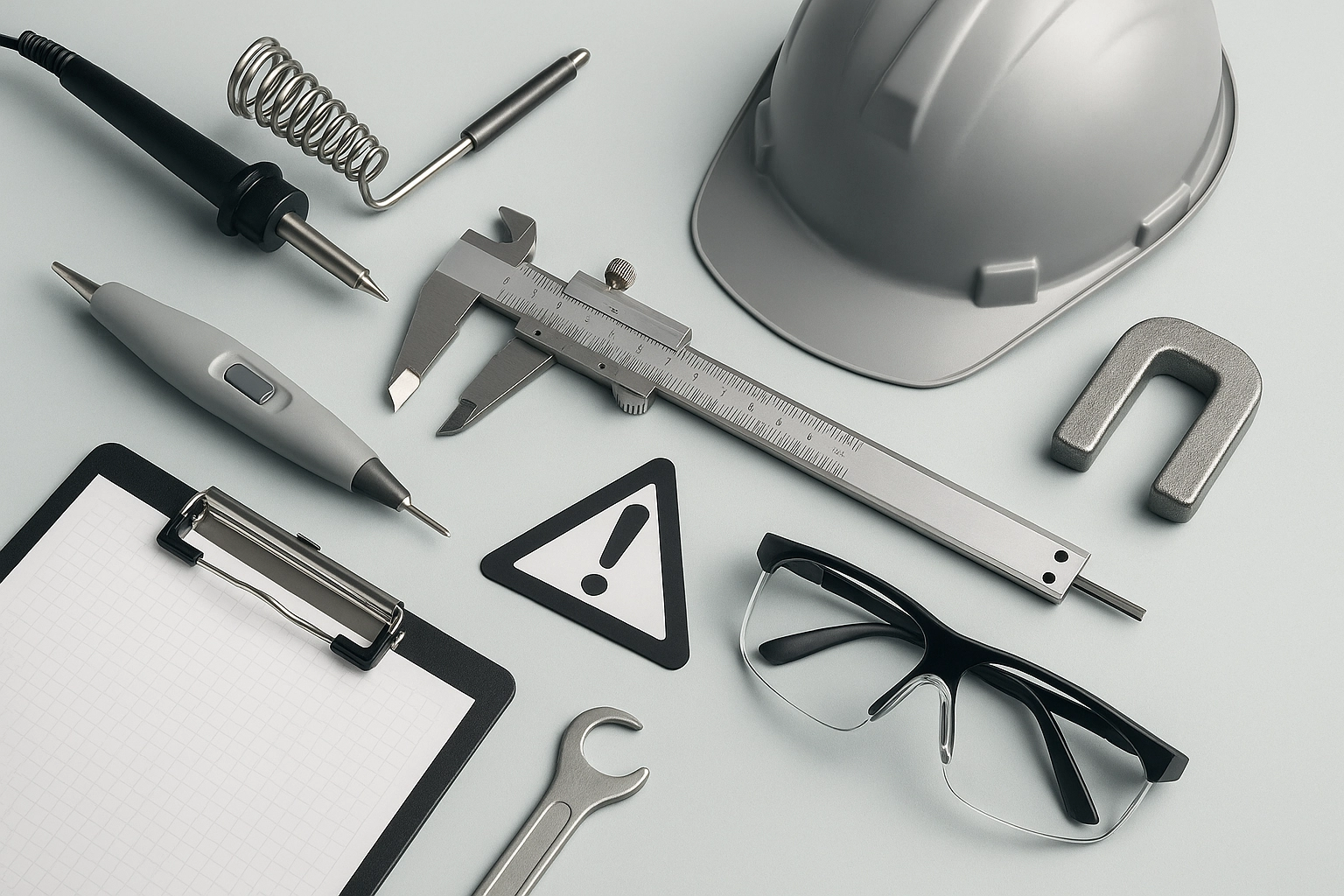ASTM F963 Ride-On Toy Stability and Strength Testing
The ASTM F963 standard is a comprehensive set of requirements, specifications, guidelines, and test methods intended to ensure the safety of toys sold in the United States. Among its many provisions is the requirement that ride-on toys undergo stability and strength testing as per ASTM F963 Section 24 (Stability) and Section 25 (Strength). This service ensures compliance with these sections by assessing whether a ride-on toy can withstand specified loads without tipping over or breaking under normal use conditions.
Compliance with ASTM F963 is crucial for manufacturers, especially those targeting the North American market. Failure to meet these standards not only risks legal consequences but also damages brand reputation and customer trust. Therefore, this service plays a vital role in ensuring that toys are safe and reliable before they reach consumers.
During testing, our experts carefully prepare specimens according to ASTM F963 guidelines. For stability tests, we simulate various scenarios such as the child getting on or off the toy while it is placed on different surfaces. The toy must maintain balance under these conditions without tipping over. For strength tests, specific loads are applied to assess whether the frame and components can withstand typical stresses encountered during play.
Our state-of-the-art facilities use advanced instrumentation to monitor every aspect of the test process. Real-world usage notes are considered when setting up test parameters to ensure that the results accurately reflect actual conditions. Reporting is comprehensive, detailing not only pass/fail outcomes but also providing insights into any potential areas for improvement.
The importance of this testing cannot be overstated. A single instance of a ride-on toy failing stability or strength tests could lead to injuries and recalls. By adhering strictly to ASTM F963 guidelines, we help manufacturers avoid such pitfalls while also preparing their products for successful market entry in the United States.
In summary, ASTM F963 Ride-On Toy Stability and Strength Testing is a critical component of ensuring toy safety and compliance with regulatory requirements. Our service provides peace of mind to quality managers, compliance officers, R&D engineers, and procurement teams by delivering accurate, reliable test results that meet or exceed industry standards.
Why It Matters
The importance of ASTM F963 Ride-On Toy Stability and Strength Testing cannot be overstated in the context of toy safety. Compliance with this standard is not just a requirement but also a commitment to protecting children's well-being. A single incident involving an unstable or weakly constructed ride-on toy could result in severe injuries, particularly for younger children who are less capable of avoiding accidents.
By conducting thorough stability and strength tests, we ensure that toys meet the rigorous safety standards set forth by ASTM F963. These tests help identify potential hazards early on, allowing manufacturers to make necessary adjustments before products reach consumers. This proactive approach not only enhances product safety but also strengthens brand reputation and consumer trust.
The consequences of non-compliance with ASTM F963 can be significant. Beyond the risk of lawsuits and fines, there are broader implications for the toy industry as a whole. A series of recalls or injuries could lead to a decline in public confidence, affecting sales and market share. Therefore, prioritizing safety through proper testing is essential for maintaining a positive image and ensuring long-term success.
In conclusion, ASTM F963 Ride-On Toy Stability and Strength Testing is more than just a compliance exercise; it's a fundamental aspect of responsible product development that contributes to safer play experiences and healthier communities.
Applied Standards
| Standard | Description |
|---|---|
| ASTM F963-17 | This standard covers the requirements, specifications, guidelines, and test methods for consumer toys. It includes specific sections on stability (Section 24) and strength (Section 25). |
| ASTM F847 | A related standard that provides criteria for determining the stability of ride-on toys. |
The application of these standards ensures that all aspects of toy design, manufacturing, and testing are thoroughly addressed. Our service adheres strictly to ASTM F963 guidelines to provide accurate and reliable test results that meet or exceed industry expectations.
Scope and Methodology
| Aspect | Description |
|---|---|
| Specimen Preparation | The toys are prepared according to ASTM F963 guidelines. This includes cleaning, ensuring no loose parts, and positioning the toy in a representative manner for testing. |
| Test Setup | The stability test setup involves simulating real-world conditions where a child might be getting on or off the toy while it is placed on various surfaces like grass, dirt, and concrete. For strength tests, specific loads are applied to different components of the ride-on toy. |
| Load Application | Loading protocols specified in ASTM F963 are followed. These include applying incremental weights or forces to assess how the toy responds under stress. |
| Data Collection | Detailed data is collected throughout each test, including video recordings and force measurements. This information is used to evaluate whether the toy meets stability and strength criteria. |
| Pass/Fail Criteria | The toy passes if it remains stable under all specified loads without tipping over or breaking. Otherwise, further modifications may be required before retesting. |
The methodology employed is designed to simulate real-world conditions as closely as possible, ensuring that the test results are reflective of actual usage scenarios. This comprehensive approach guarantees that only safe and reliable toys pass our rigorous testing process.





